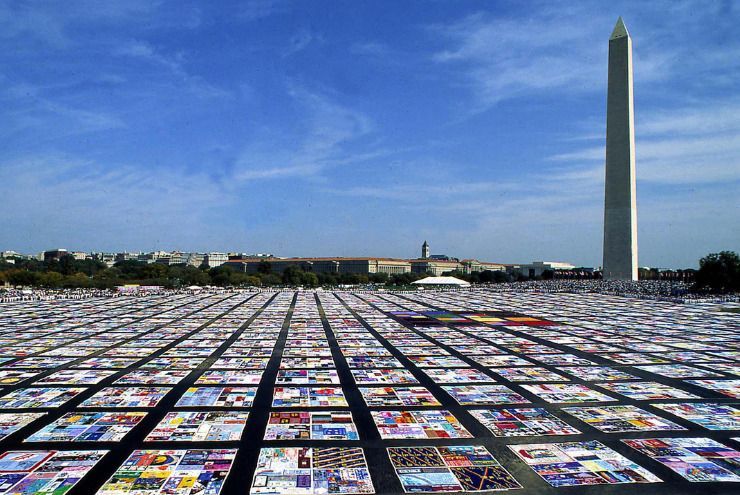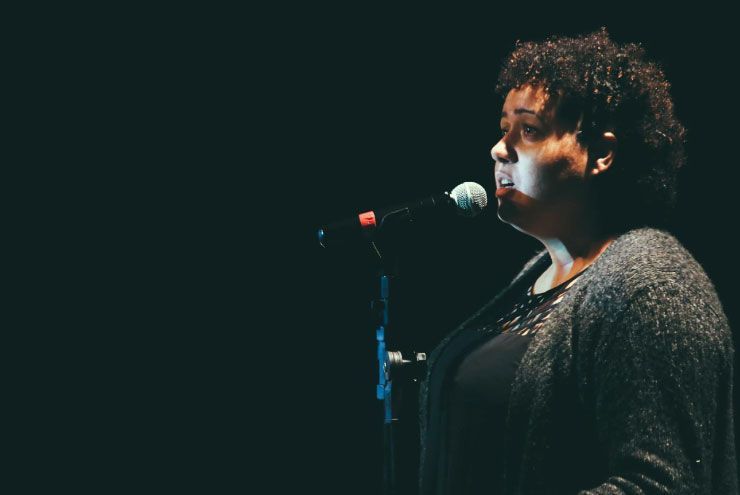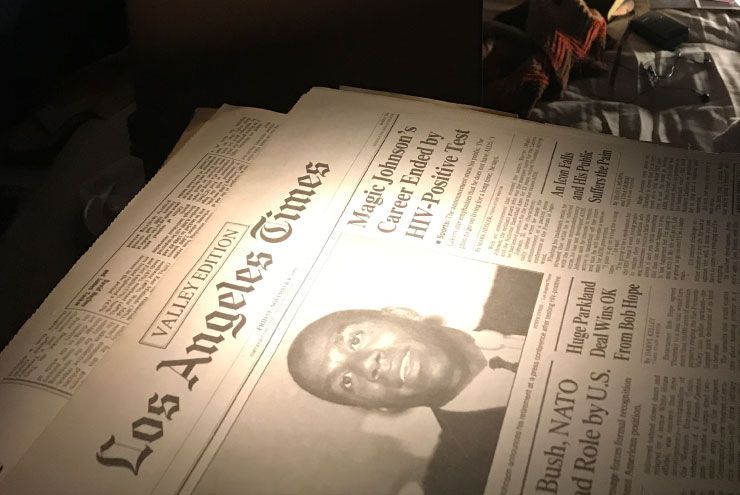By Jasmine Phillips
The debate rages as I scroll through my social media platforms: Should LGBTQ History be taught in schools? Parents flood the comments with concerns over how the subject would influence their children—and not in positive ways. As I read through the back-and-forth should-they-shouldn’t-they, my mind wanders to the more important question: if they do decide to teach LGBTQ History in schools, how will it be taught and who will be included in the narrative?
To illustrate my point, I look to how Black History is taught in schools. As a Black, queer person, this hits home for me. As a side note, it’s frustrating to my community that we only get one month a year that celebrates our history—and a month that has to share real estate with Valentine’s Day, at that. But more importantly, when Black History is taught in schools, the leaders, events, and movements highlighted are cherry picked by school administrations and tailored in a way that feels “safe” for parents. These choices limit the scope and reality of Black History. If LGBTQ History does begin to be taught in schools, will we see these same limitations?
Another way to ask this question is: will LGBTQ History be taught with a focus on one particular letter of our community’s acronym? Despite shared oppression, it’s no secret that the rights and fight of particular groups within the LGBTQ community, mainly gays and lesbians, are prioritized, while others, like the transgender community, are often silenced or intentionally suppressed, at times by their own queer siblings. Throughout LGBTQ history, trans folks have been on the frontlines fighting for equality; yet, much of known or publicized LGBTQ history has focused on one topic: the HIV/AIDS epidemic.
While I am not trying to invalidate the struggle and great loss faced during the AIDS epidemic, I do question how we communicate this historical time to future generations. Storytelling around the subject predominantly focuses on the massive deaths faced by white gay men. However, what is left out of this narrative is that HIV and AIDS have not been eradicated—in fact, infection rates have shifted over time. For example, in Houston, where there is a large African American population, there are 4.5 African Americans diagnosed with HIV for every white person. But it is African American women who make up a significant portion of diagnoses: for every white woman in Houston diagnosed with HIV, there are 21.1 African American women. With an education system that privileges non-BIPOCs, will these stories be included in the history books?
If we don’t want history to repeat itself, we must share an all-inclusive version of history. Queer, trans, and BIPOC narratives cannot be silenced. The Black LGBTQ activists who fought tirelessly for the rights of the greater community must be celebrated. We must demand our stories not just be told in one chapter, from one perspective, or during one month of the year, either. We deserve to have our stories flood the pages of textbooks, taking their rightful place in history.







